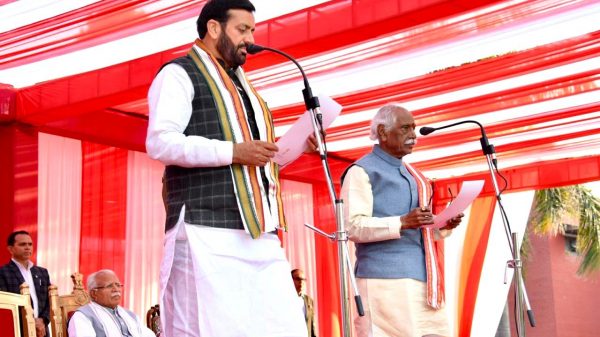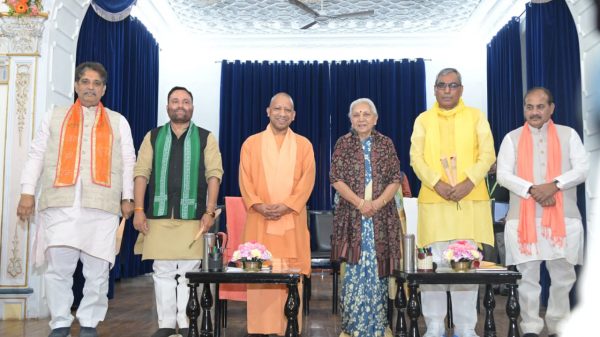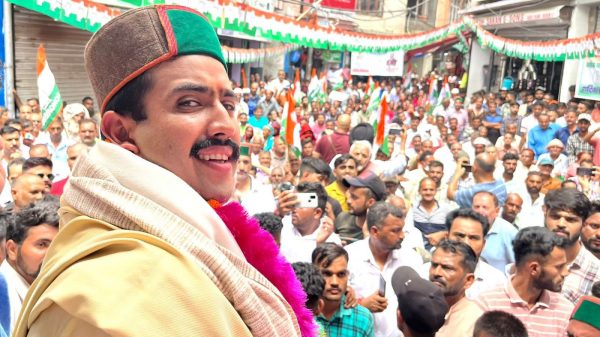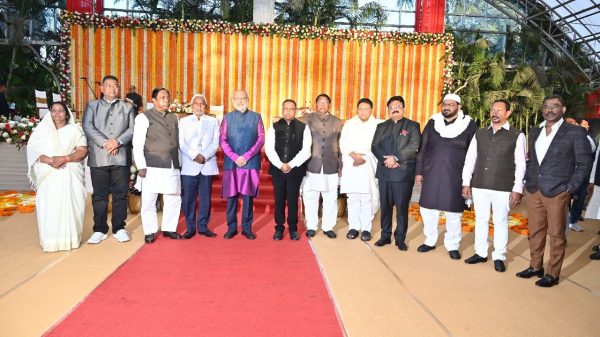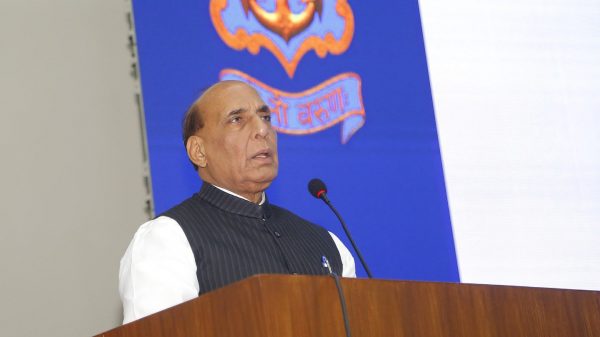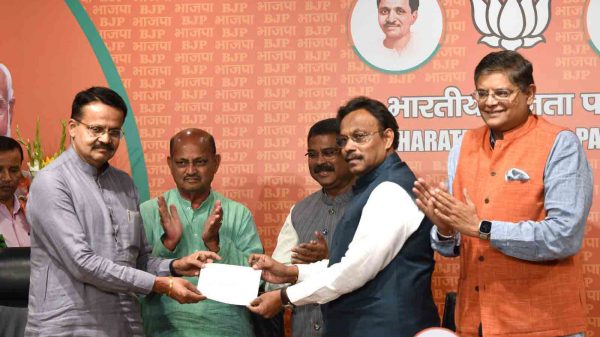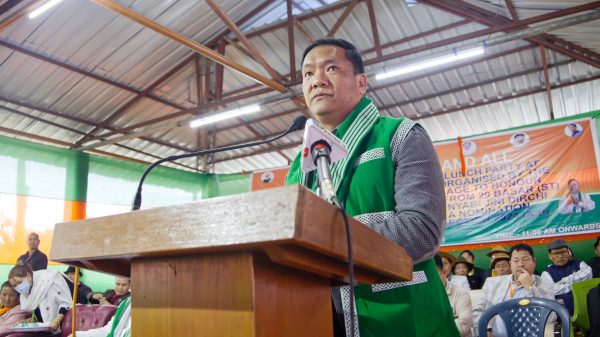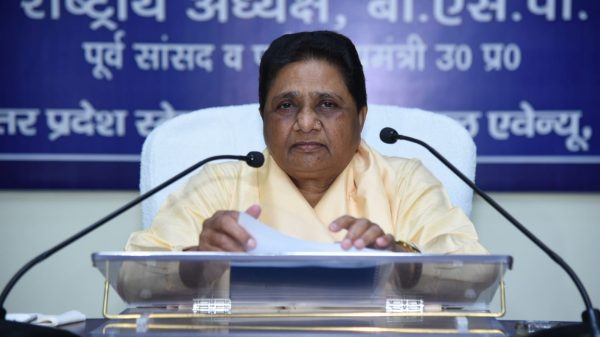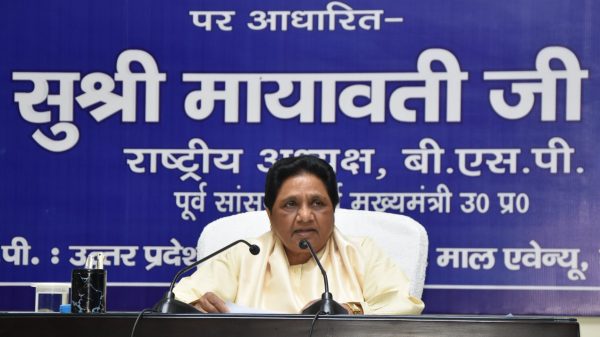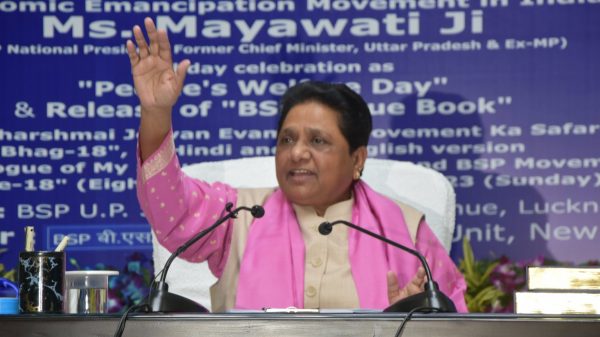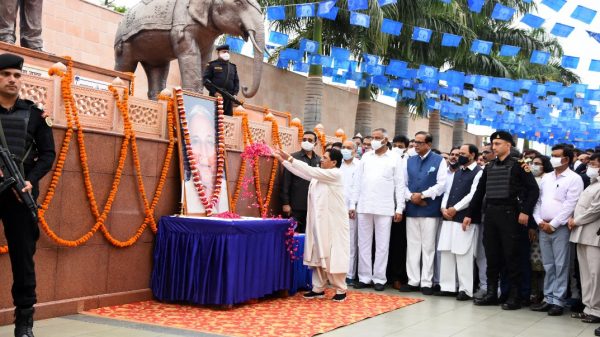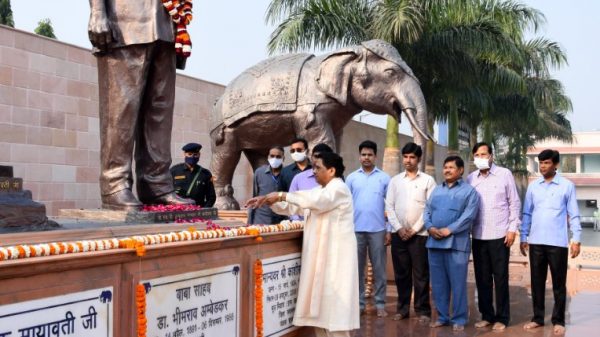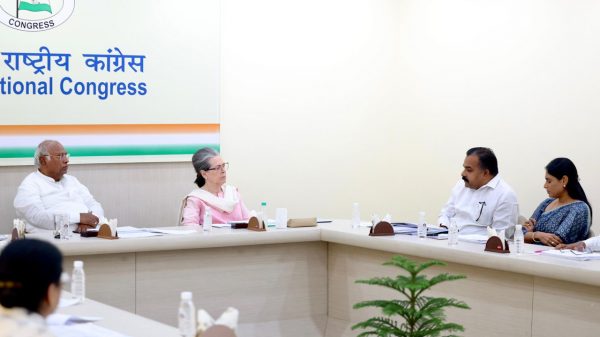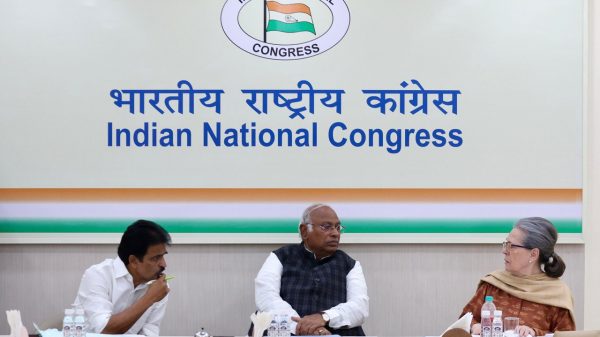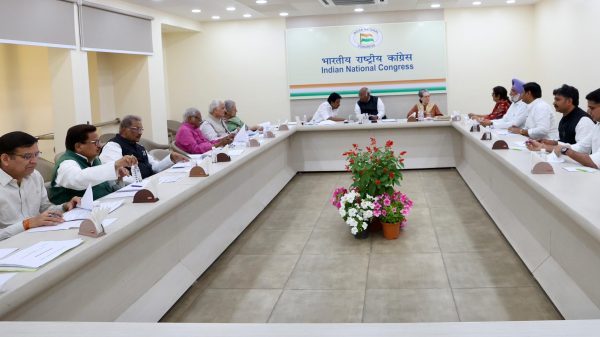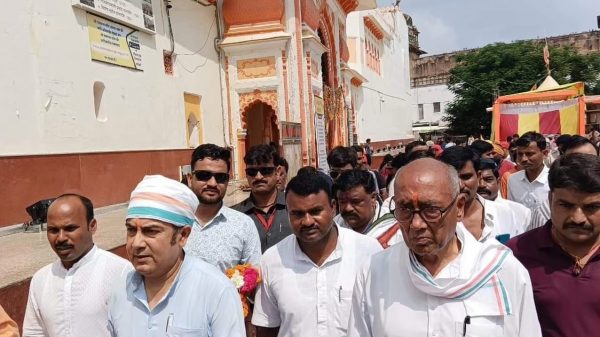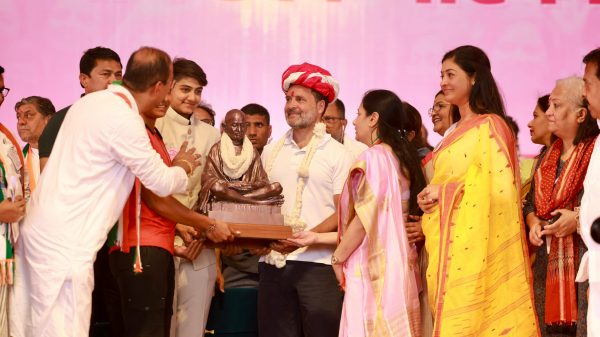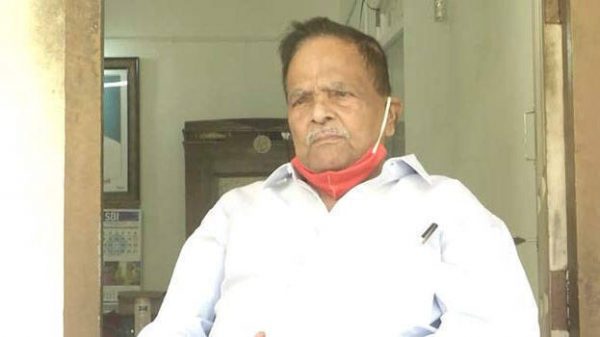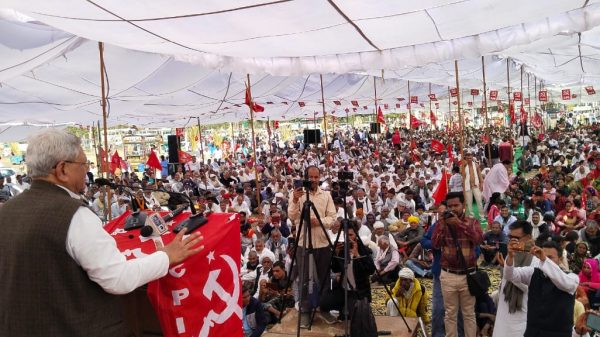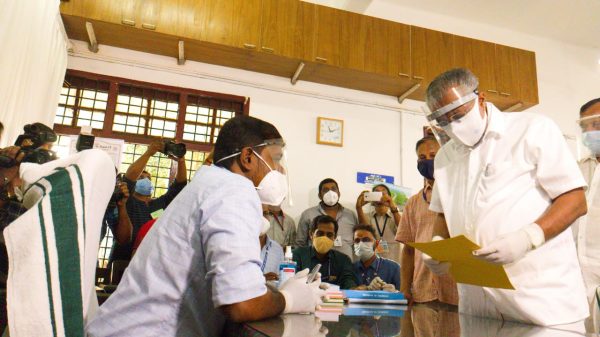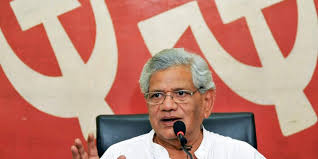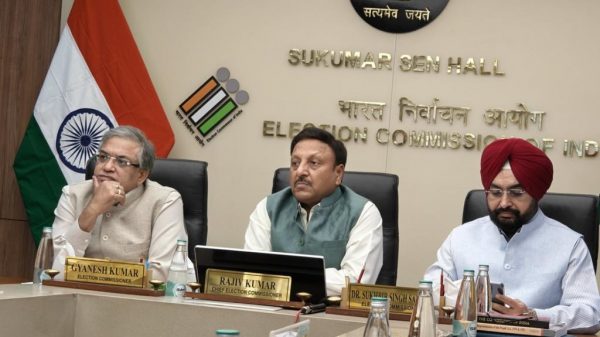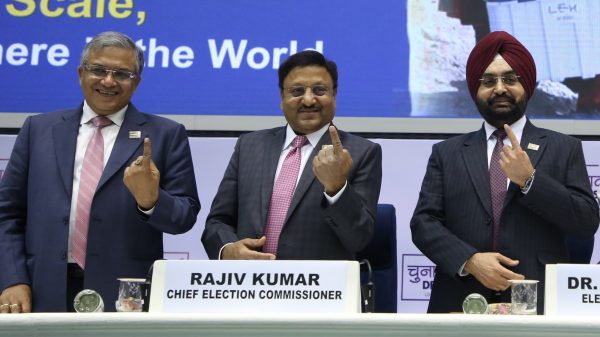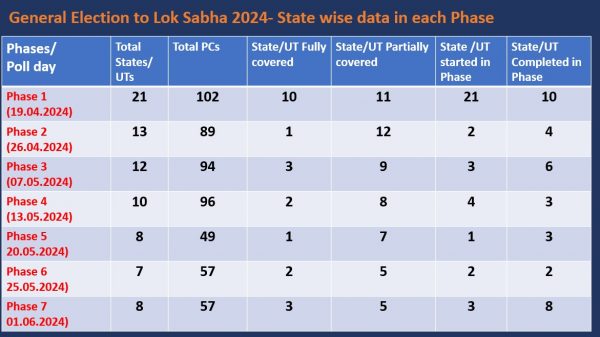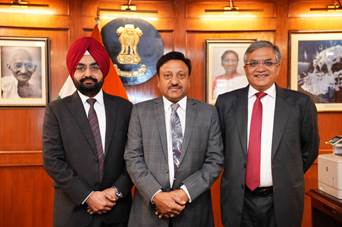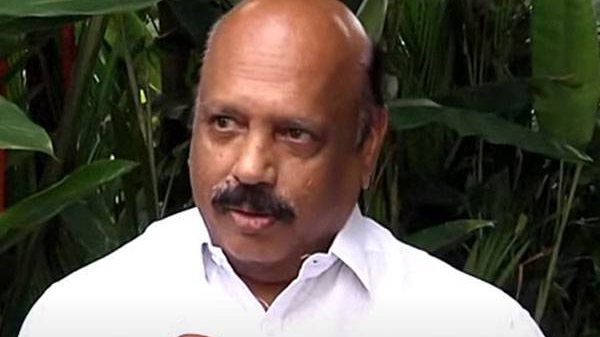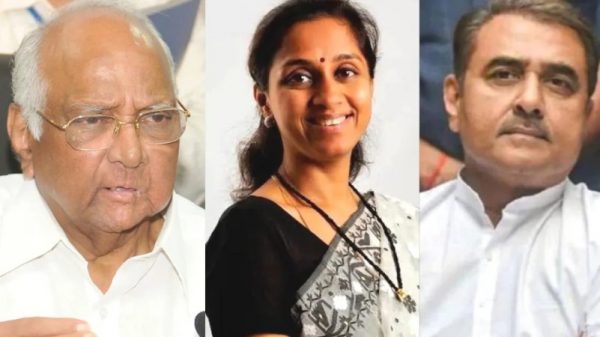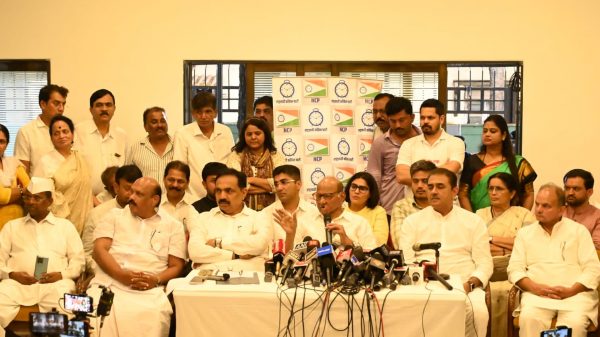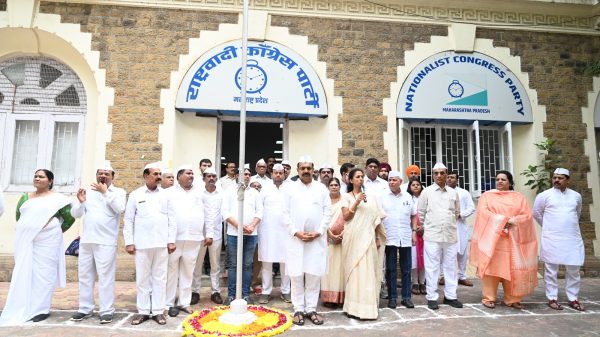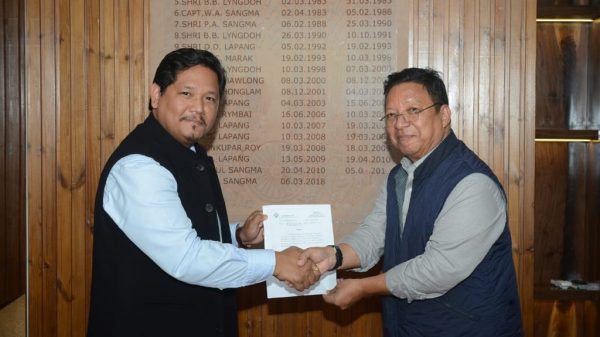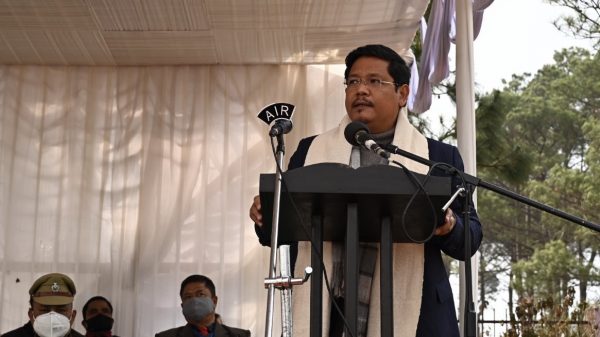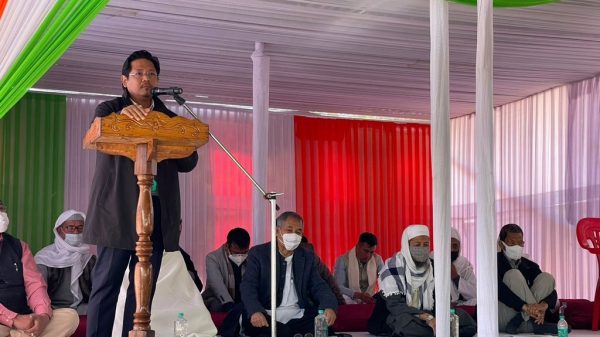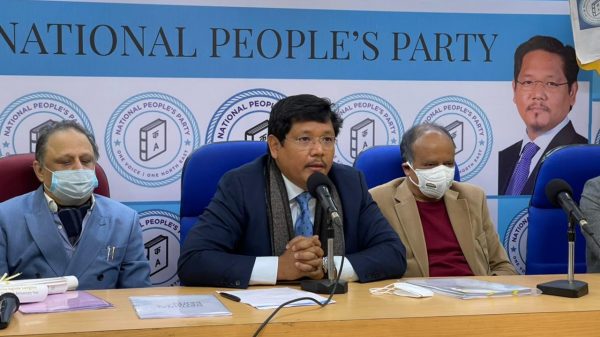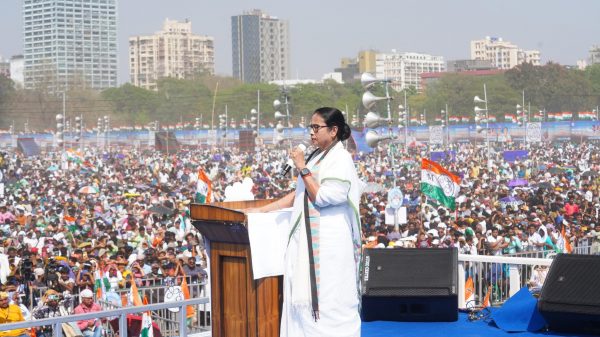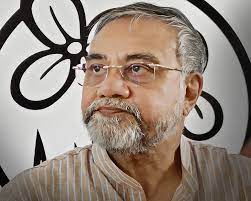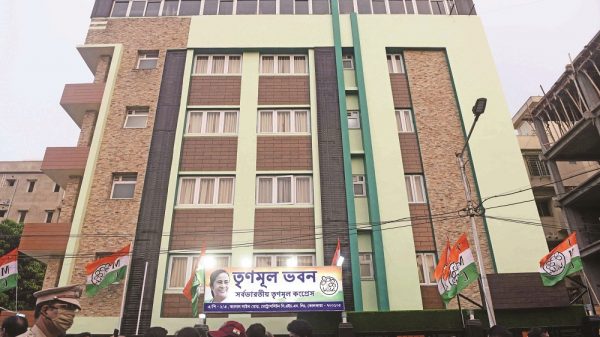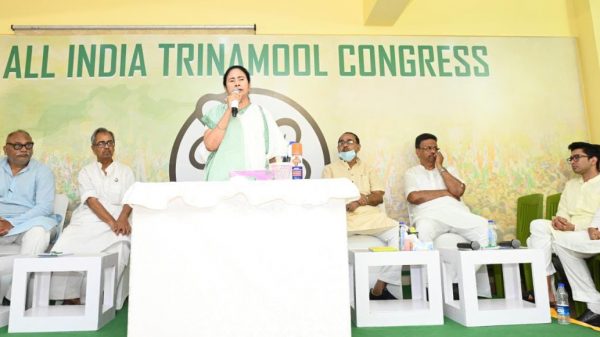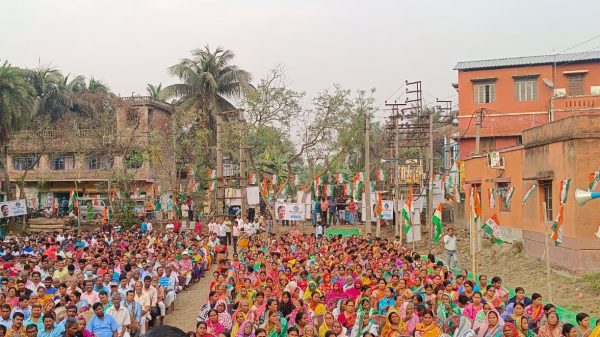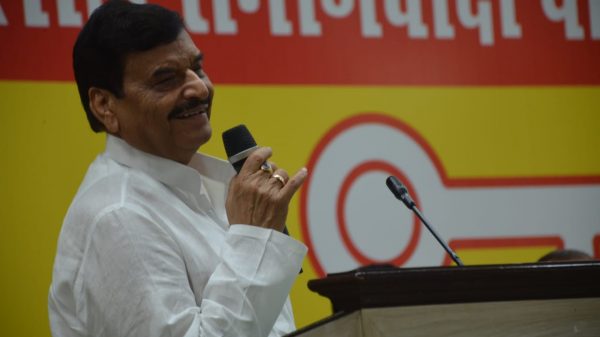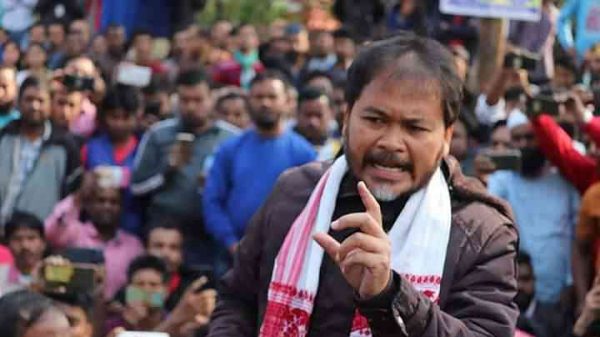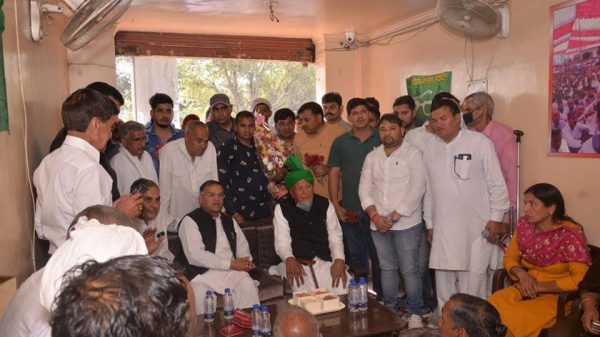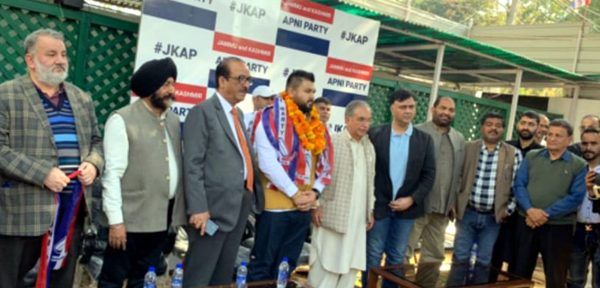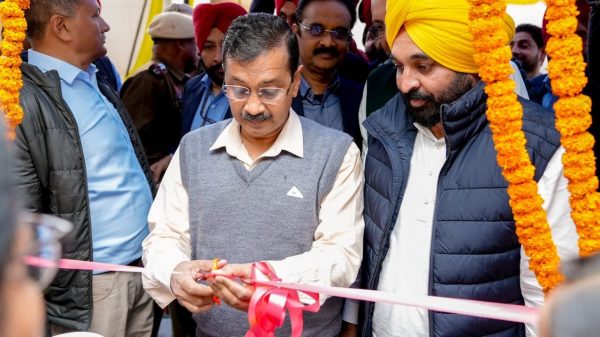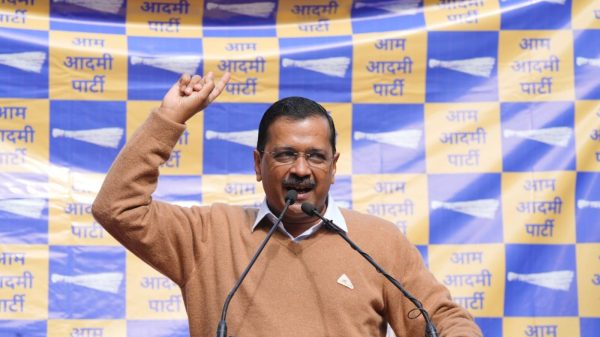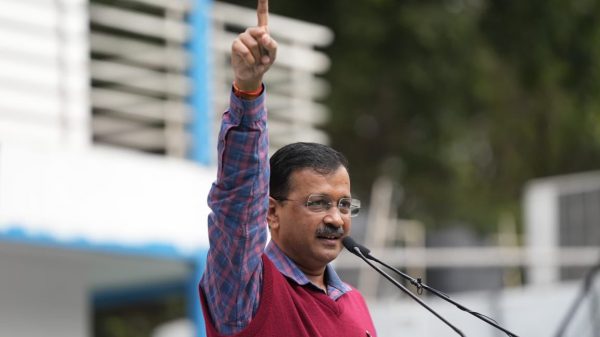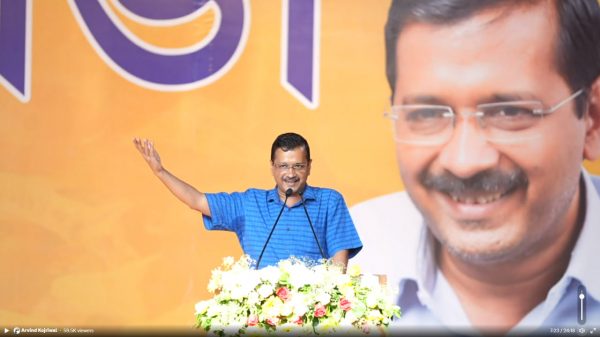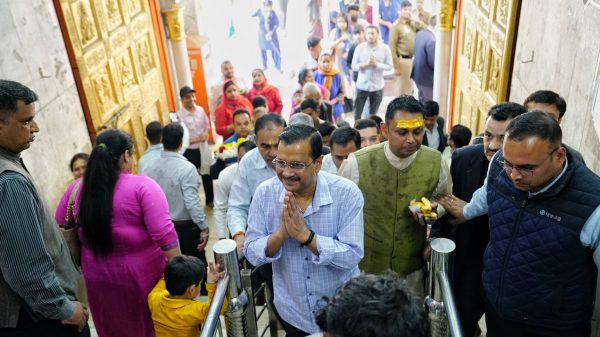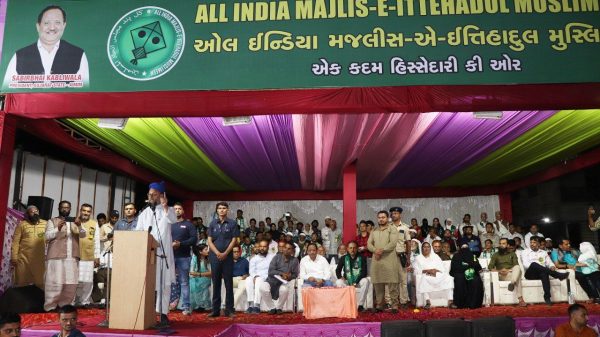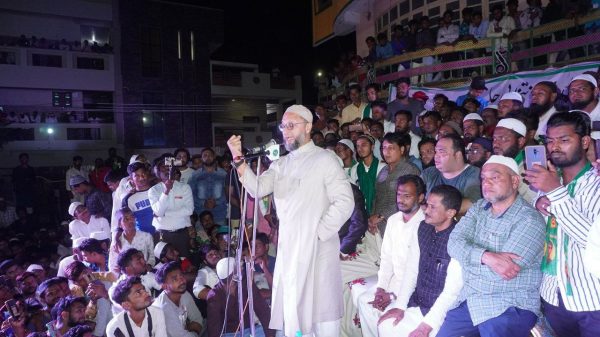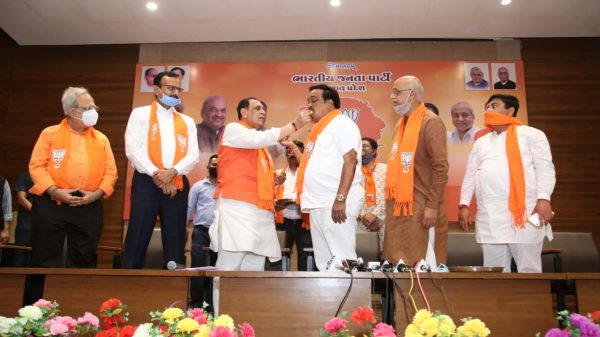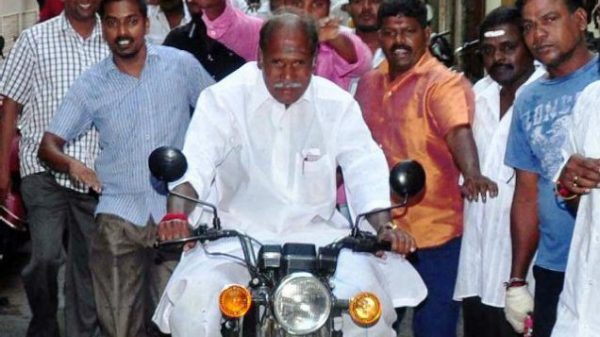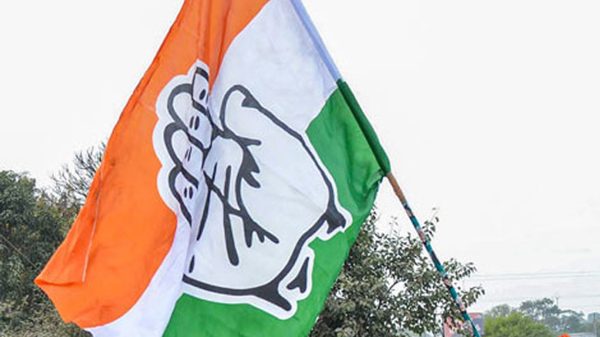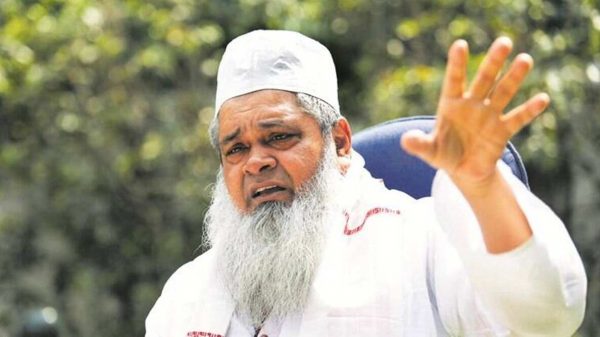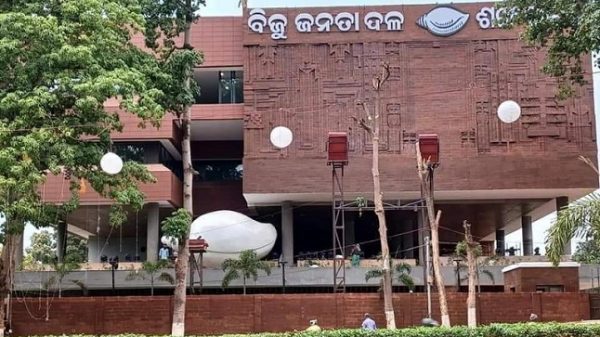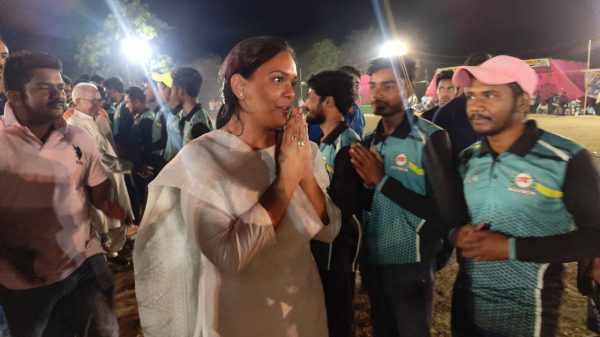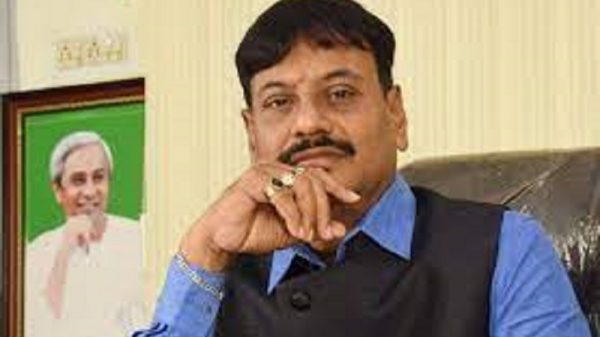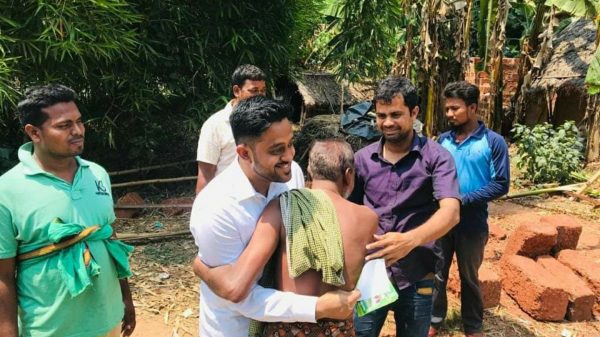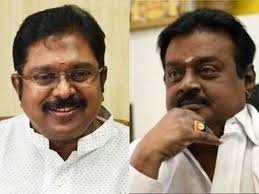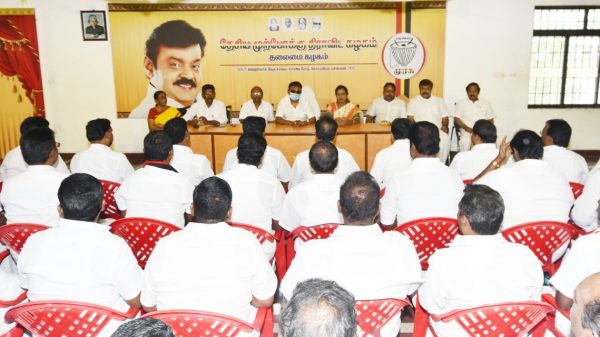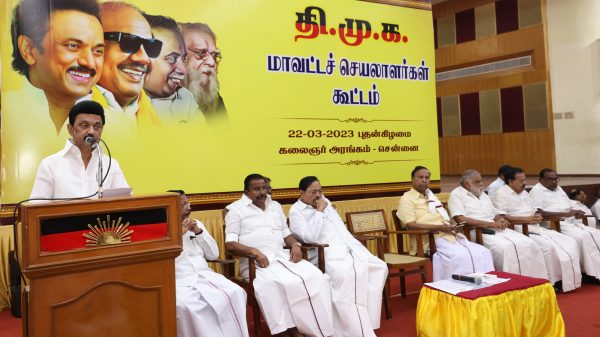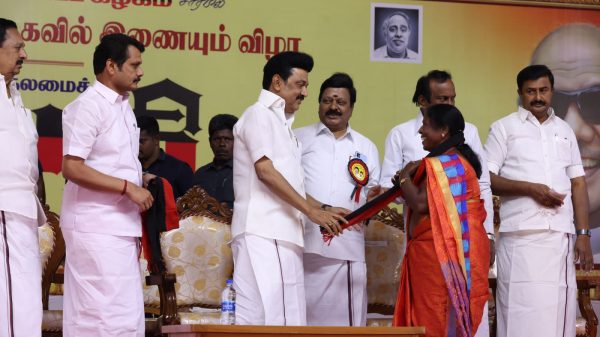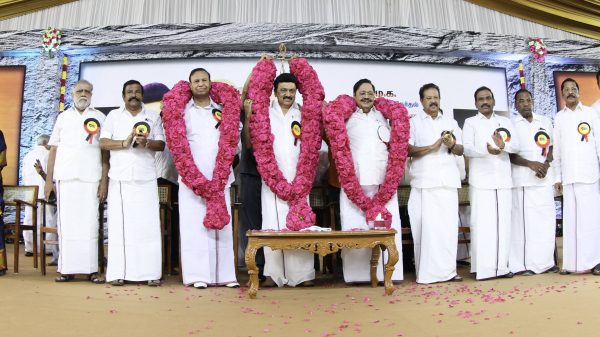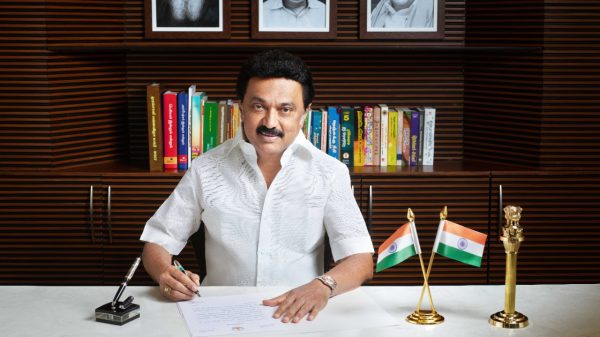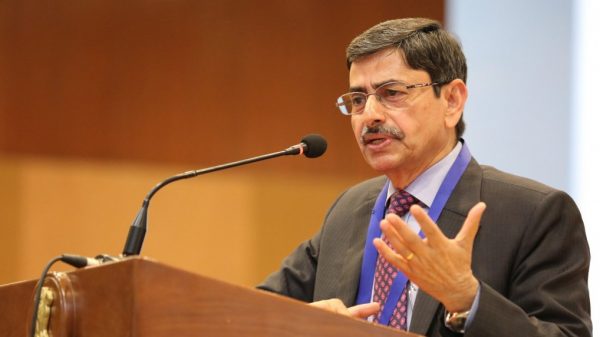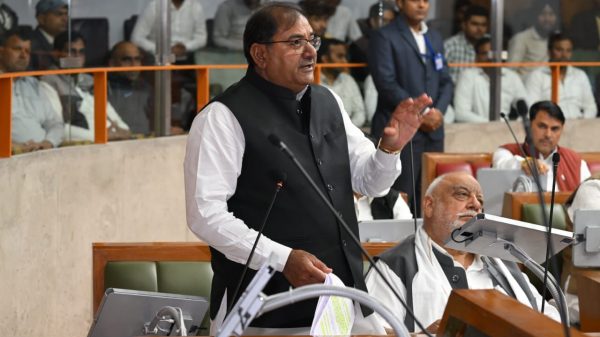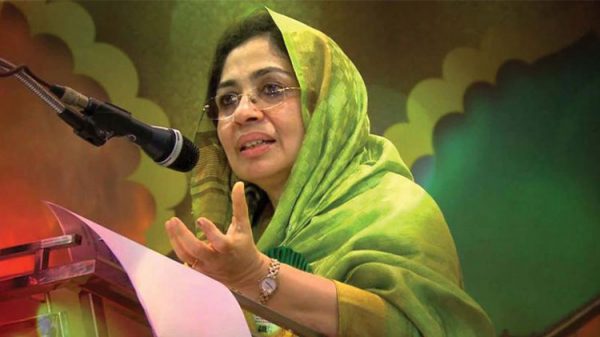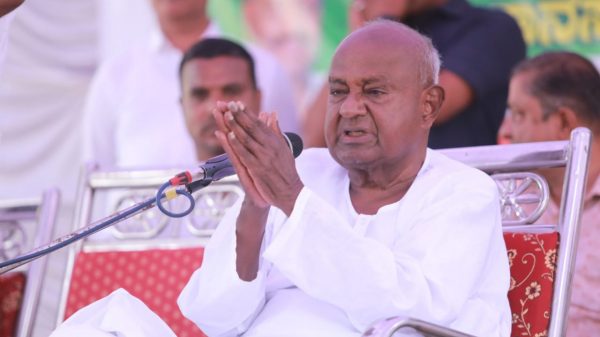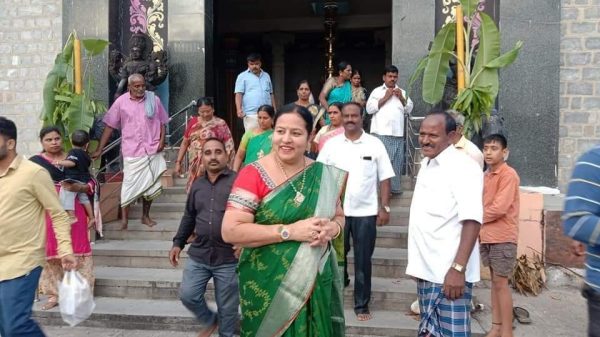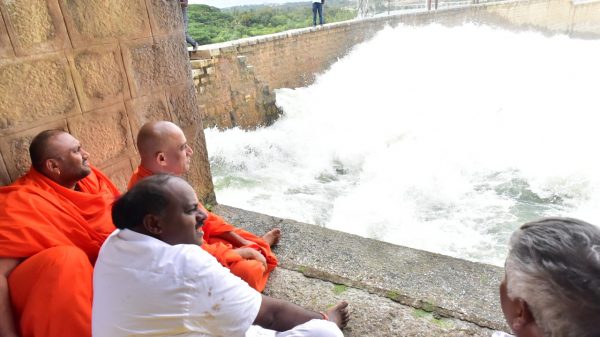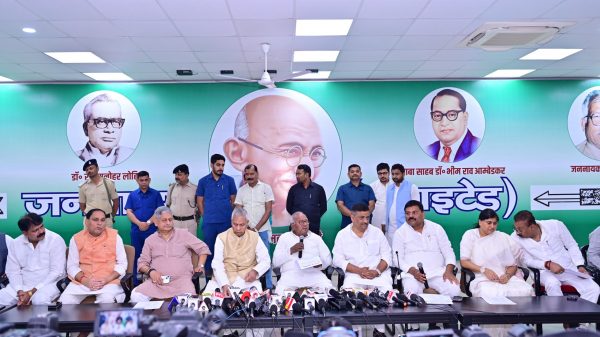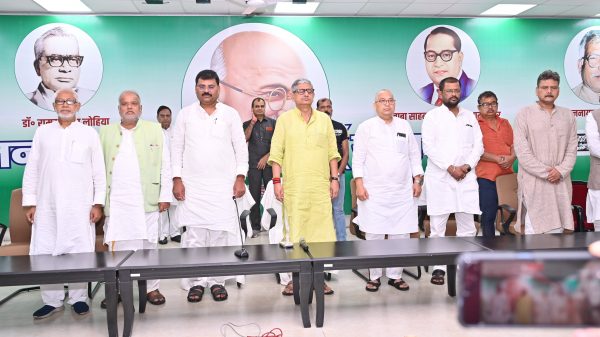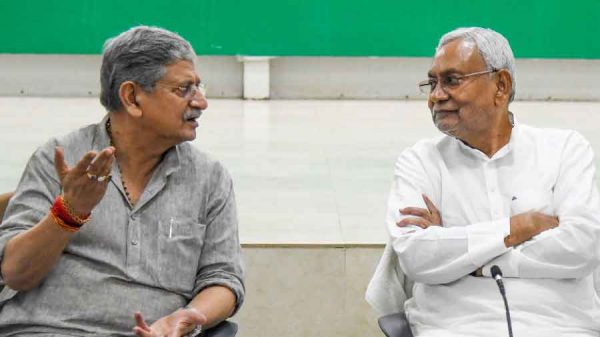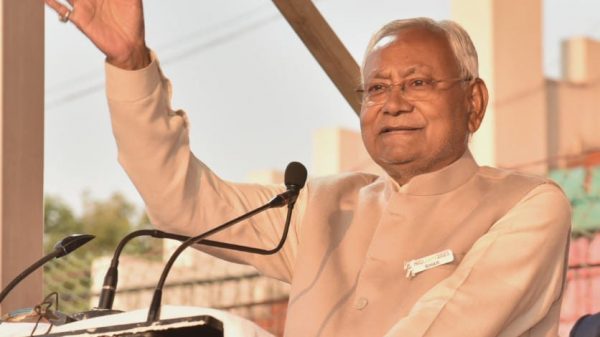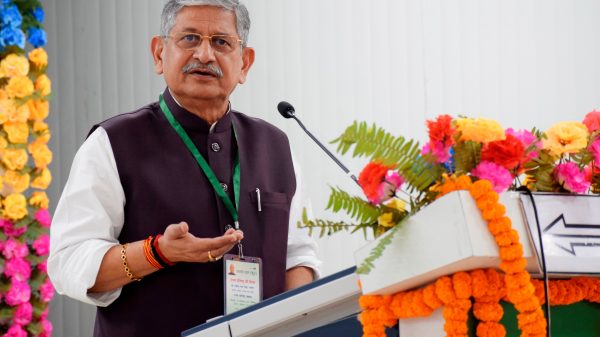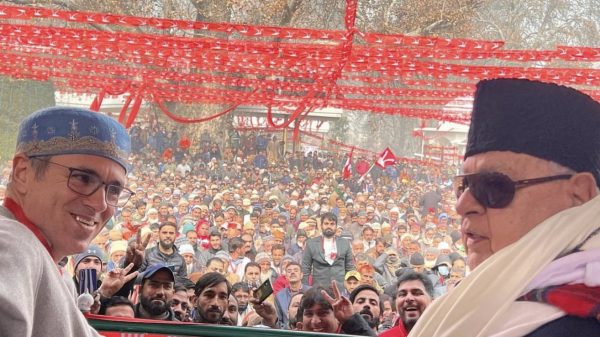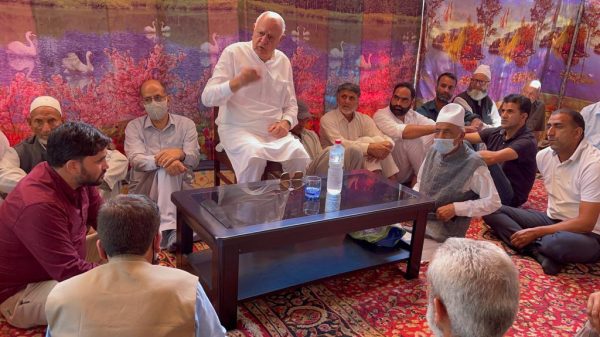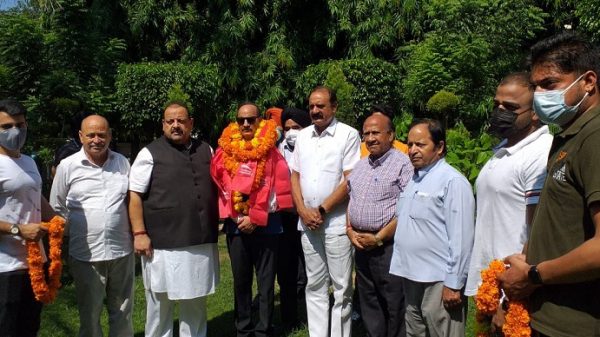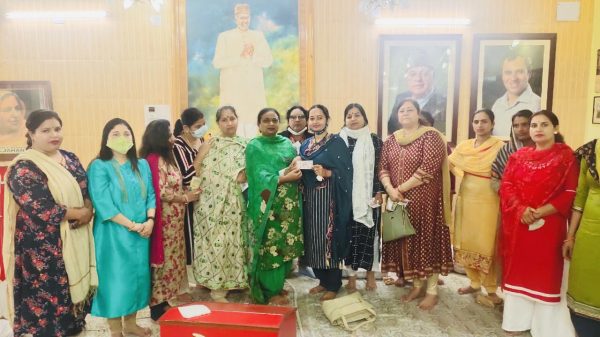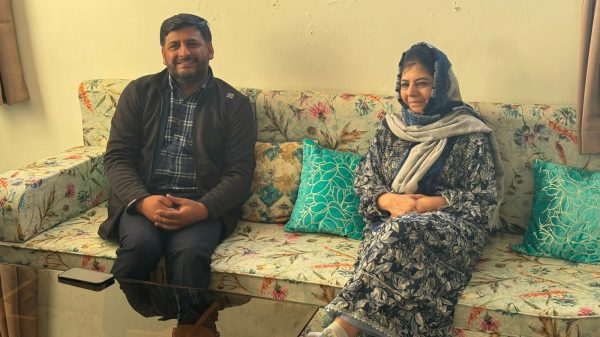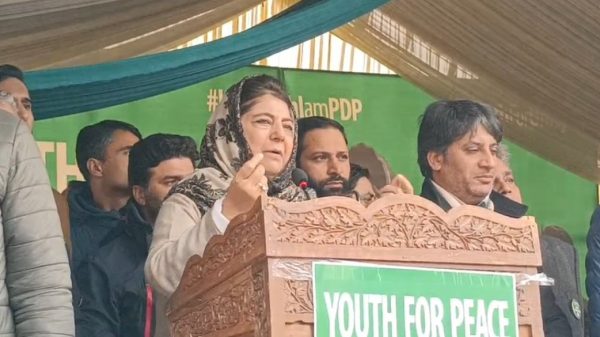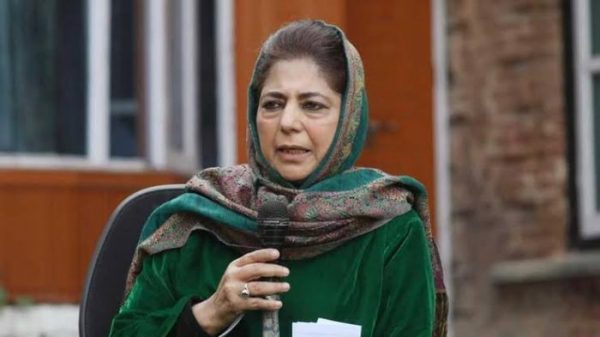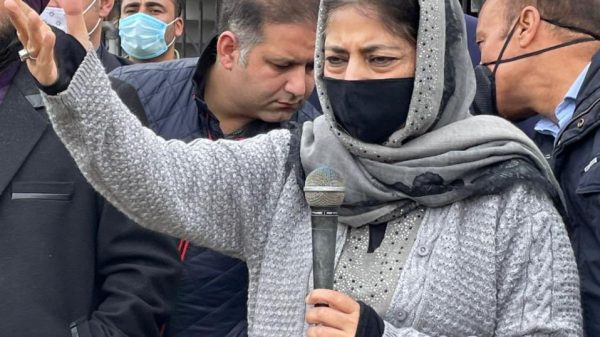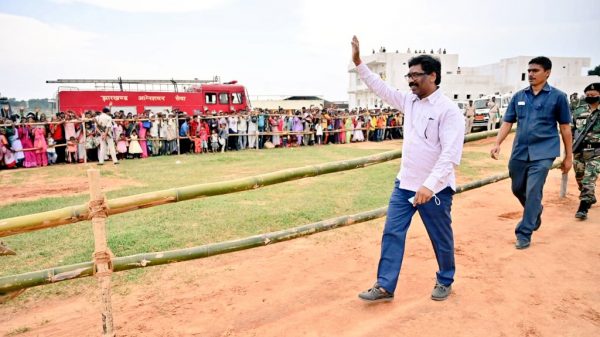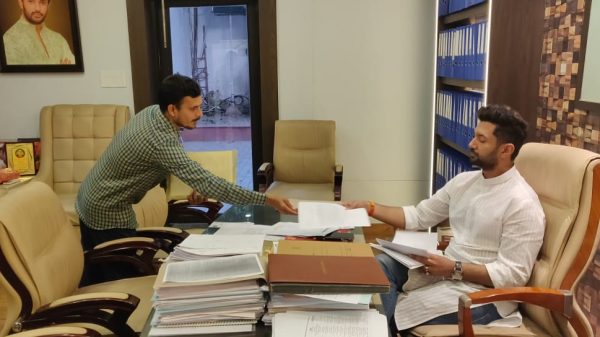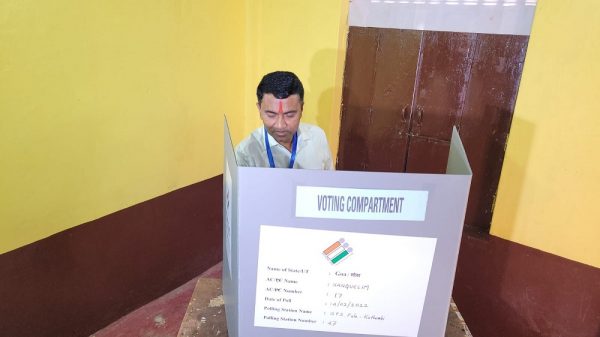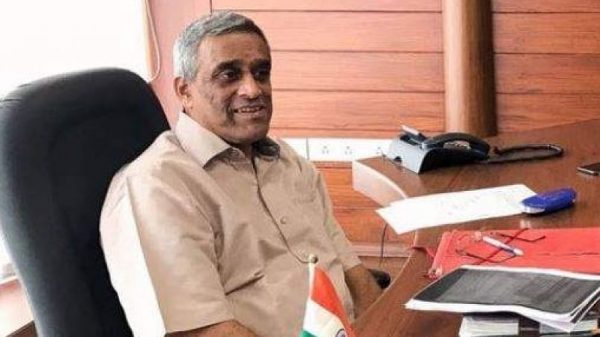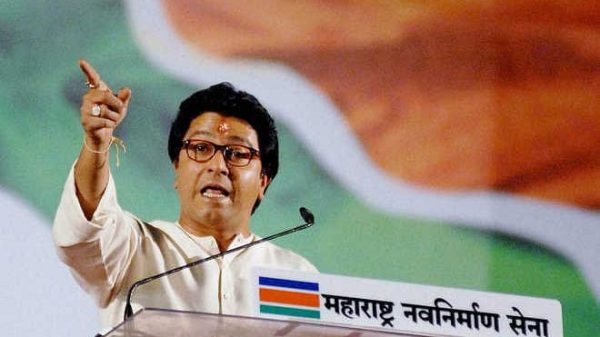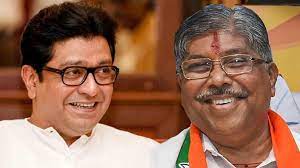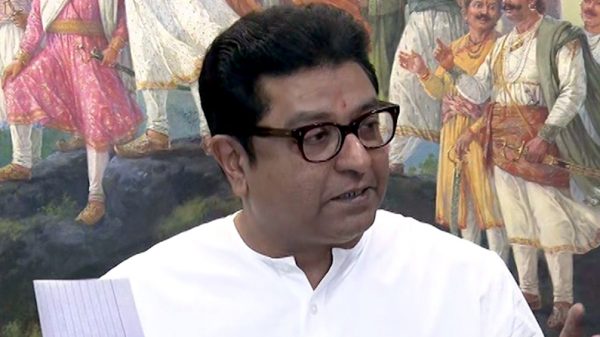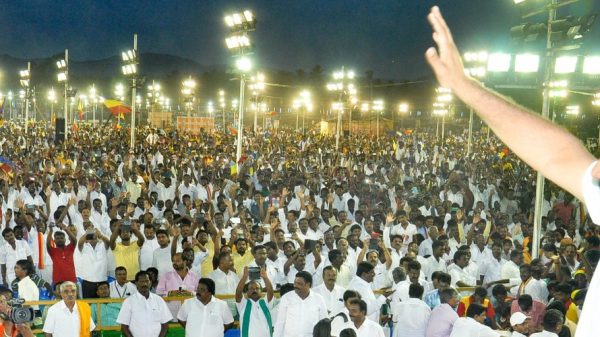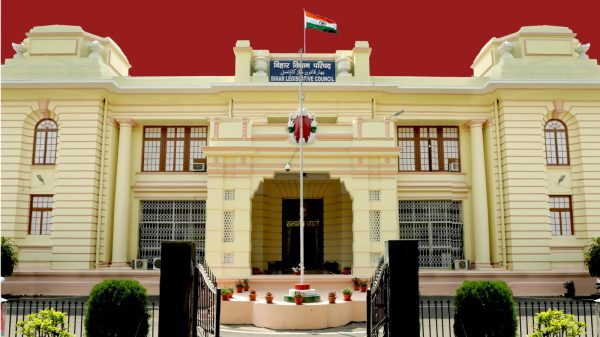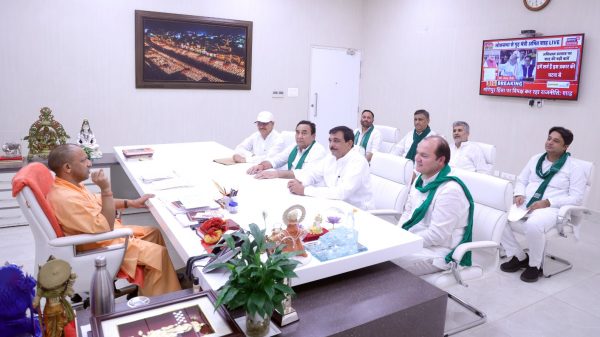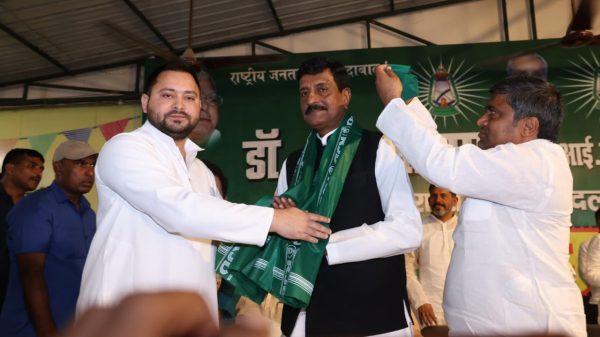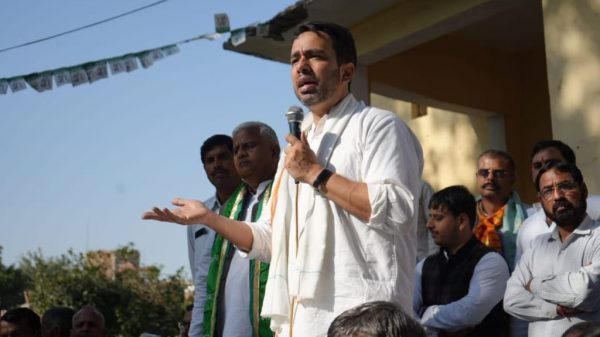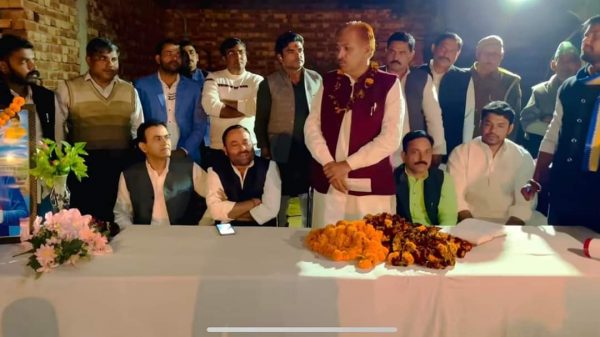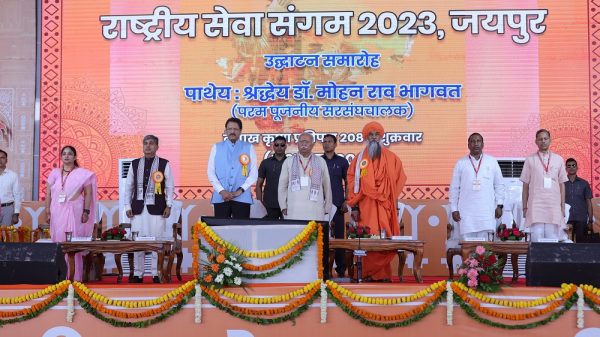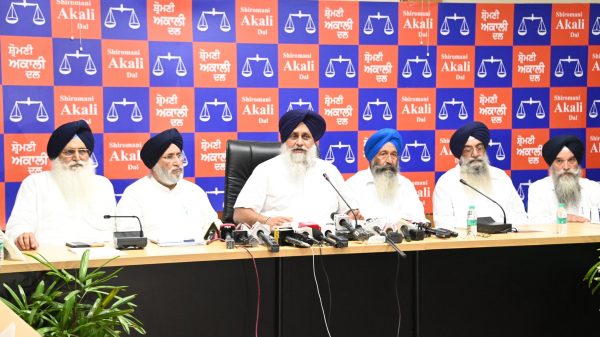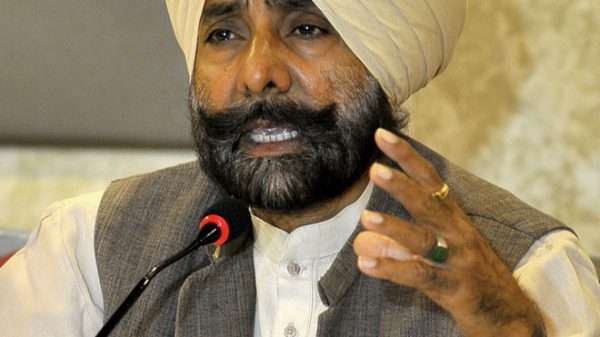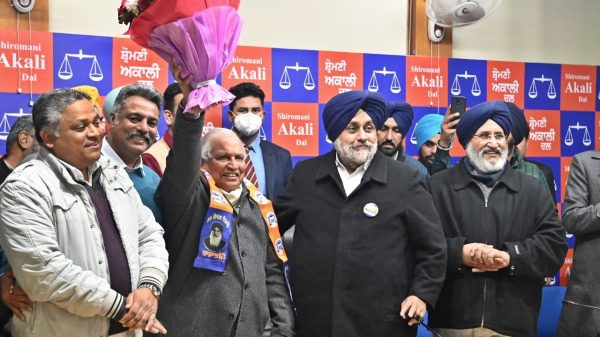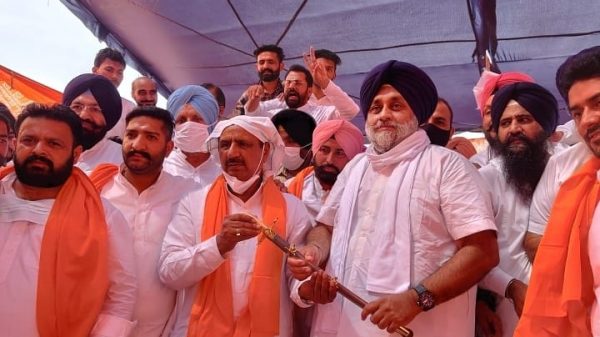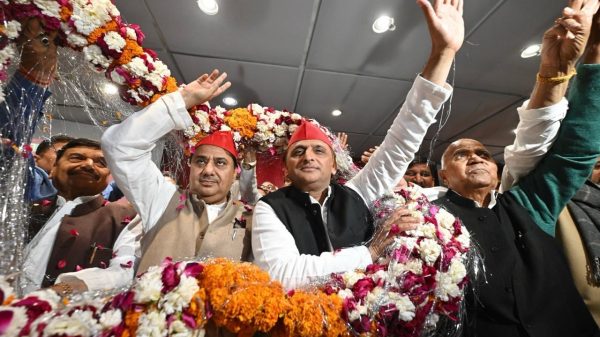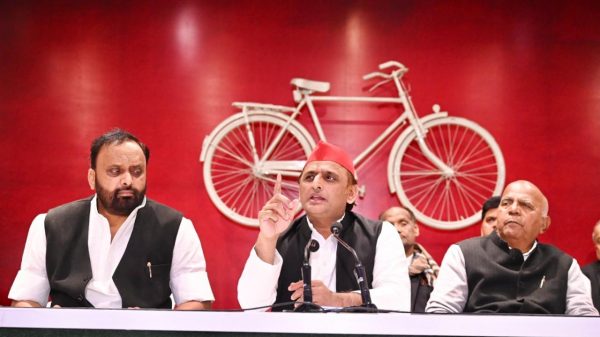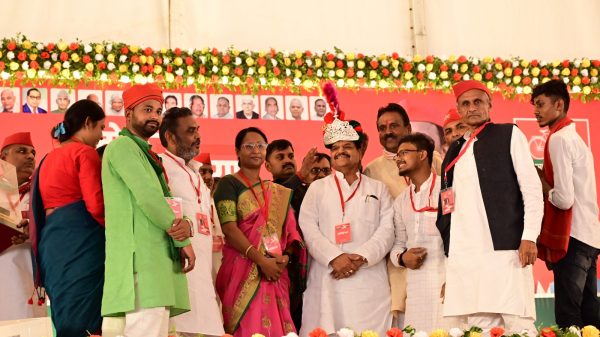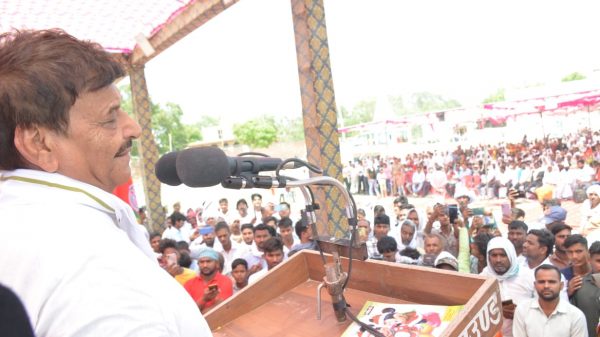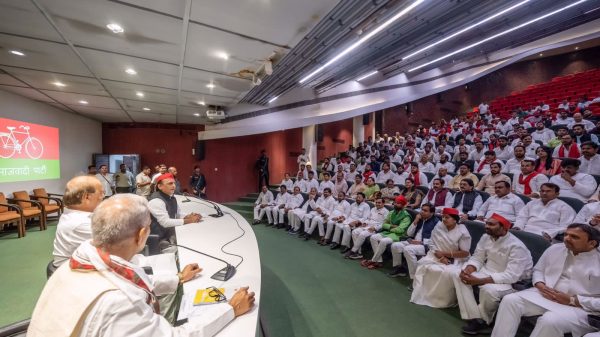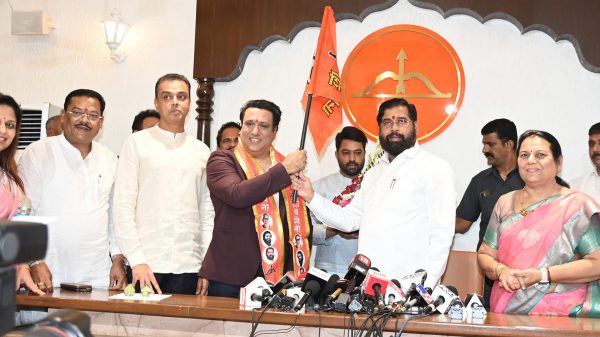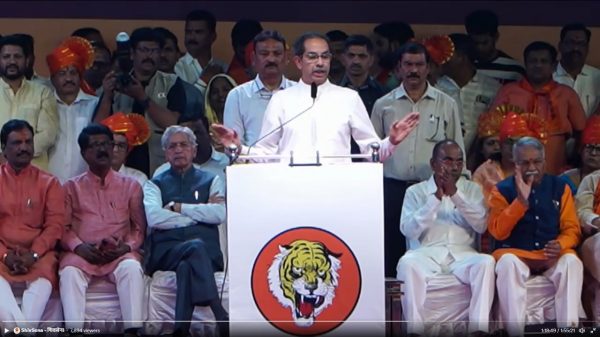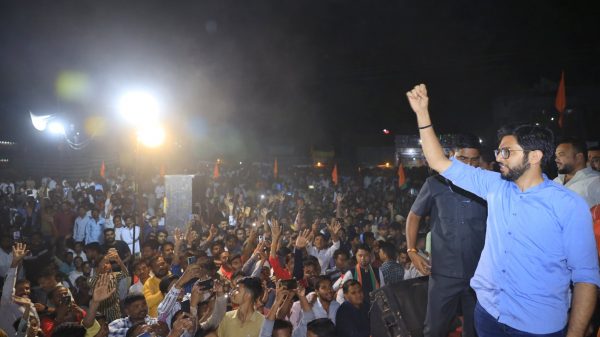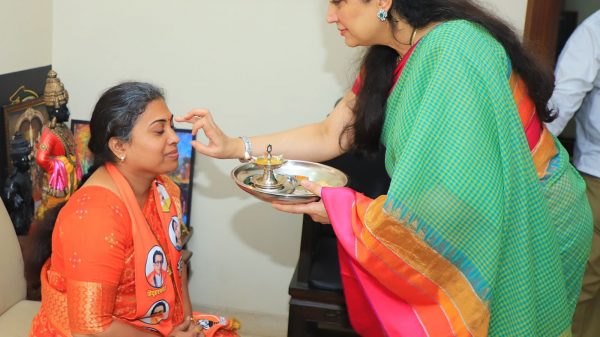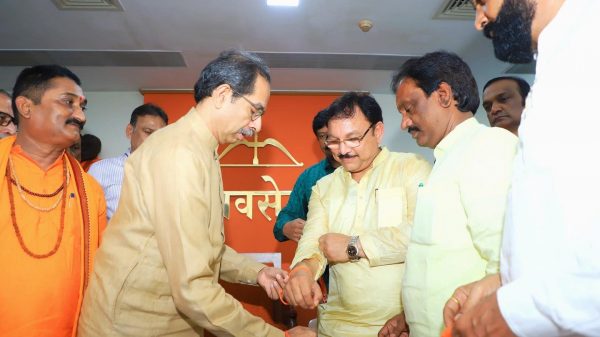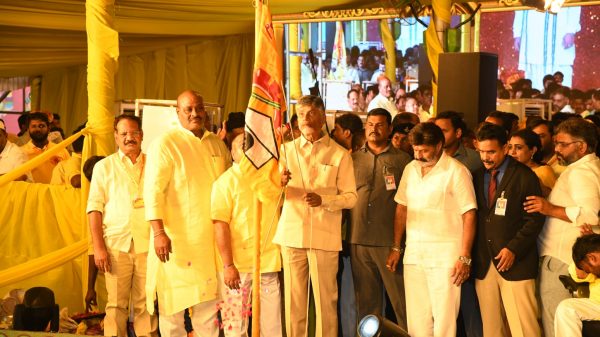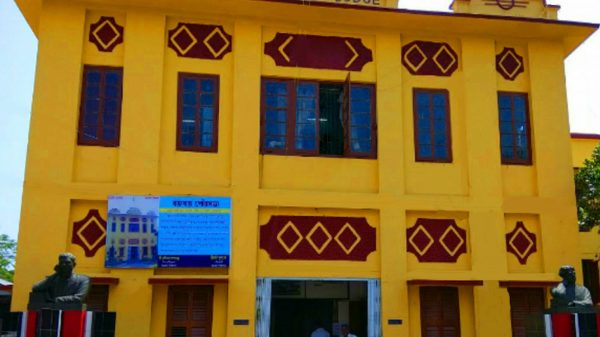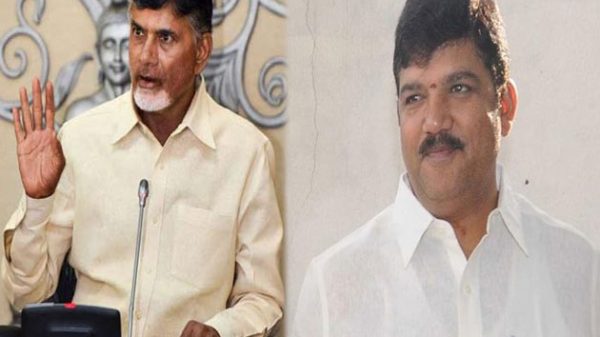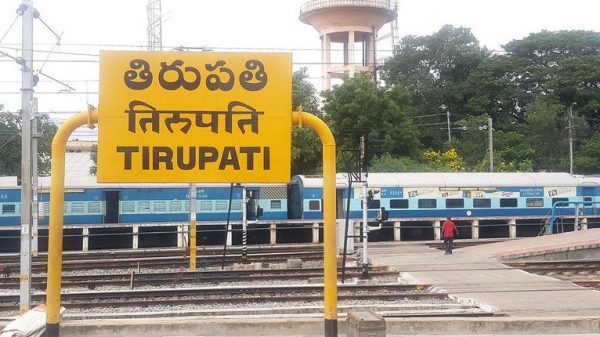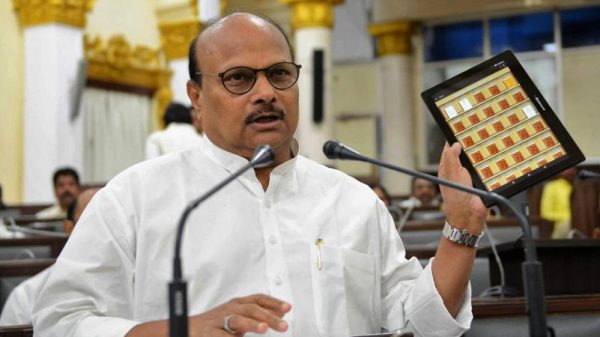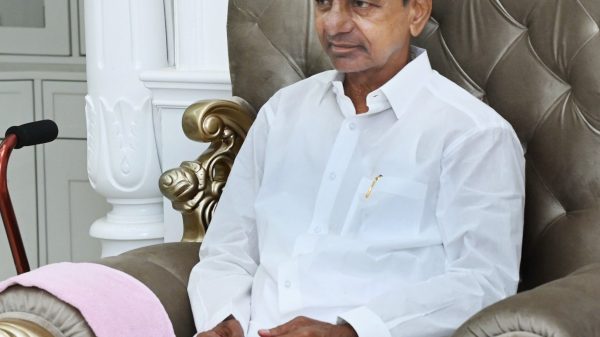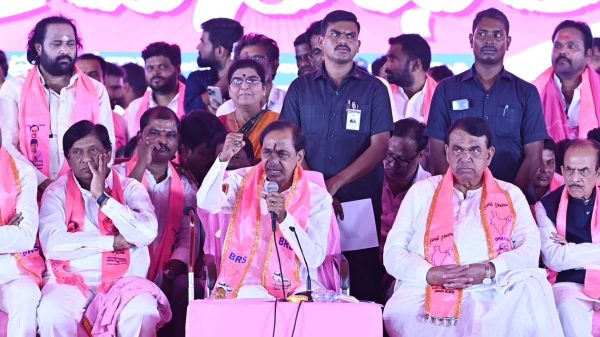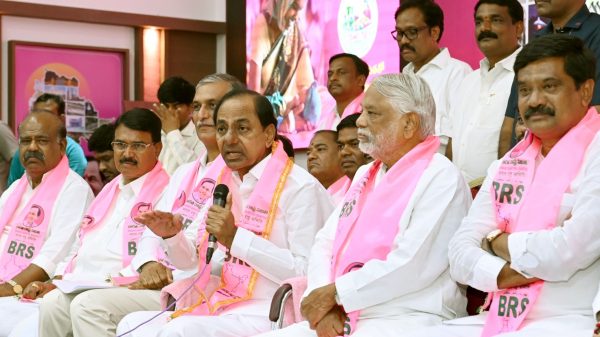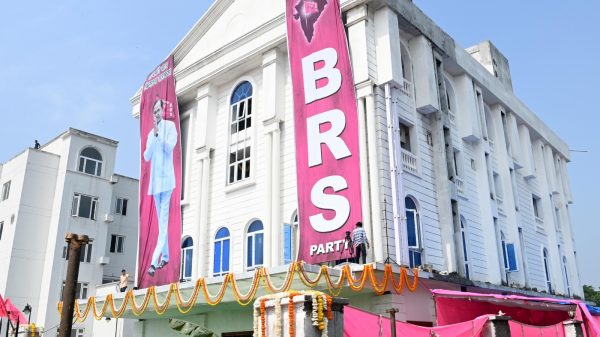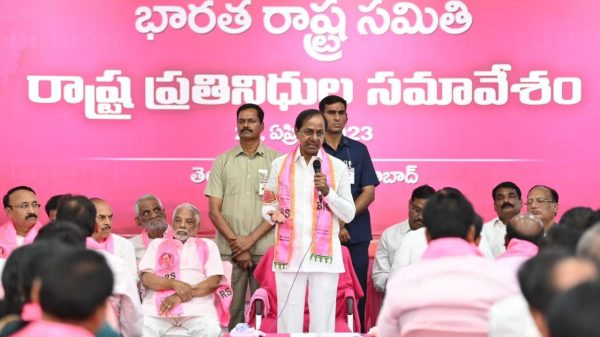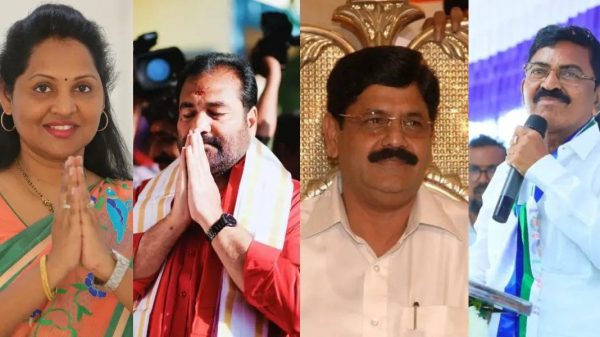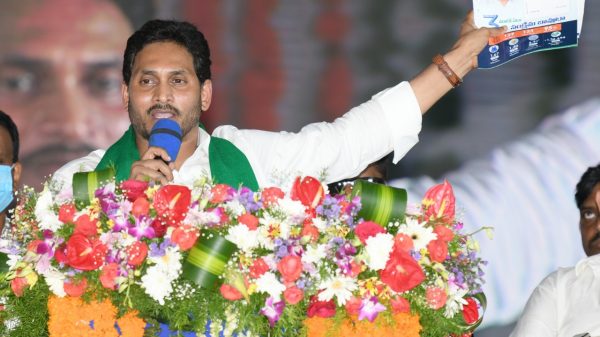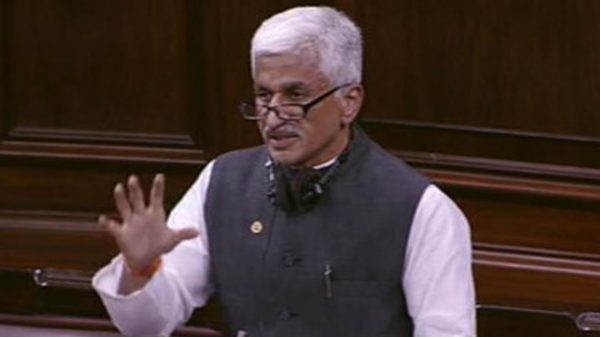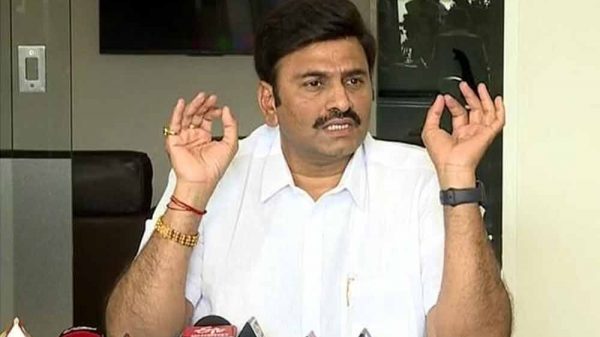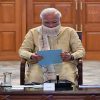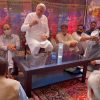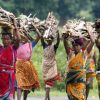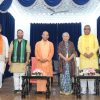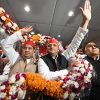By Manas Ranjan Mahapatra
I have traveled the whole country and a part of the world. Now, memories haunt as I am getting old day by day.
Ahmedabad is in news these days. I have long association with it. I did a workshop two decades ago with Gujarat Council of Science City. Later, I was involved with Ahmedabad Book Fair in its core committee. My friend Dr Guruprasad Mahapatra, the then Commissioner of Ahmedabad Municipal Corporation succumbed to Covid-19 last year.
Ahmedabad is a new city now. Gandhiji’s Sabarmati Ashram is being renovated to a new shape keeping tourists in view. Bullet Train project is in full progress. Modi is there, there is no dearth of funds. More you spend, more you earn.Art and Culture on auction !
But, the old Ahmedabad is almost lost in transit. I spoke to a friend who is now visiting Ahmedabad as a tourist and we recalled the good old days of Ahmedabad.
I will visit Ahmedabad soon before it is completely lost !
I also did with ICCR several cultural events ‘ Namaste Nepal ‘ for strengthening Indo- Nepal Cultural Relationship and stayed at Kathmandu and other cities in Nepal for two weeks.The countries in South Asia, while enjoying their own peculiarities, share common culture and ways of life. The norms and values, mainly of Hinduism, Islam, Buddhism and Sikhism, are deeply rooted in South Asian societies. Though the numbers of followers of these religious and cultural mainstays vary from country to country, their presence and influence in local arts, cultures and traditions are distinctly visible in every country and society in the region. Nepal, too, has its unique geography, history and cultural heritage, and still is an integral part of the broader cultural history and tradition of Indian sub-continent. As the saying goes, culture sees no borders.
While being parts of broader South Asian culture, Nepal and India share special closeness and similarity in cultural tradition. They are so closely and strongly interlinked by social life and cultural tradition that nobody can imagine to separate them. Both have made great contributions to enriching religious and cultural heritage in this region, and beyond. Lord Buddha, born in Nepal, has left his footprints not only in South Asia but all over the world. Sita, the daughter of Nepal, who was married to Ram, the crown prince of Ayodhya in India, has made special place in the hearts of Hindus living anywhere in the world. The contributions made by Indian philosophers and saints need no further elaboration. It is these great personalities of this region that have helped evolve, develop and spread the cultural heritage that is proudly known today as the South Asian culture.
The cultural links between Nepal and India have many facets. Religion is perhaps the most important factor, and plays a predominant role in shaping the cultural relations between these two countries. This is manifested in the large number of peoples from both countries visiting each other’s countries for pilgrimage. Thousands of Nepalese nationals visit pilgrimage sites in India every year. The char dham yatra (visit of four dhams in India, viz. Badrinath/Kedarnath in Uttarakhand, Jagannath (Puri) in Orissa, Rameshwaram in Tamilnadu, and Dwarka ( in Gujrat) is a life-time aspiration of almost all Hindus. There are many other places in India which are considered sacred sites by Nepalese people. They include Haridwar, Rishikesh, Varanasi, Gaya, Vaishnodevi, and many more. Similarly, there are a number of religious sites in Nepal which are considered very sacred and important, and are attractions as ‘must visit’ religious destinations for Indian nationals. Such sites include Pashupatinath in Kathmandu, Lumbini (the birth place of Buddha) in Rupandehi district, Ram-Janaki temple in Janakpur (the birth place of Janak and Sita), and many more. As the peoples of both countries share common religious faiths and philosophies, and revere and worship same gods and incarnations, their cultural ties are really very strong and inseparable.
Another component of Nepal-India cultural relations is cinemas and music. Indian movies are popular in Nepal; and so is Indian music. Similarly, Nepali cinemas and music are popular in India, especially in places with concentration of the people of Nepalese origin, mainly in Northern and North-eastern India.
Language is yet another component of Nepal-India cultural affinity. Peoples in both countries share many languages. Such common languages include, inter alia, Nepali, Maithili, Bhojpuri, Hindi, Avadhi, etc. Sanskrit is the root of many of these languages, which is regarded as the language of the gods and saints. Nepal and India both use Devnagari script in writing Nepali, Hindi and many other common languages. Many a religious texts, including the Vedas, Upanishads, Puranas, Tripitak, are written in this script.
Between Nepal and India, there have been frequent exchanges of ideas, personalities and groups of people representing the areas of the art, culture, music, literature and sports. These kinds of events are not limited to government entities alone, but are taking place even more at the peoples’ level. Nepal’s diverse cultural heritage of dance and music- both classical and folk-theatre, fine arts, and sports have been interacting with their counterparts in India, and have been contributing to foster friendly ties and generate a better understanding and appreciation of each other’s traditions. Every facet of art and culture has become a way of life, and is expressed in carvings, paintings, architecture, sculptures and performing arts like music, cinema and dance. Every form of the arts in these countries is heavily influenced by the respective religious traditions and mythologies, and has helped shape religious norms and values in Nepal and India.
The close cultural relationship between the peoples of Nepal and India is a great asset for both countries. This closeness has not only helped maintain traditional friendly relations between the two countries but has also greatly contributed to promoting mutual understanding, appreciating each other’s aspirations, and cementing the existing ties of warm and cooperative neighborhood. This has remained, and will continue to remain, the strongest and unshakable link between these two countries.
My wife and I will visit Nepal, hopefully in the coming year. But, the field of literature and culture has now become a dense forest with wild animals and new non violent animals are no more accepted !



